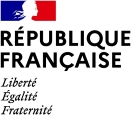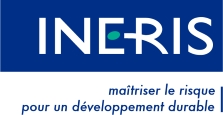Polycarbonate
BPA Free lid for glass food-storage containers.
A range of transparent containers BPA free for the catering is available on the market.
What are the main materials in which BPA is found?
Are there alternative solutions available that would allow us to avoid using these canisters or this material?
What is the legislative and regulatory framework applicable to the BPA content of food-contact materials?
Can melamine be used in place of polycarbonate in crockery for children? What regulations exist on this subject?
What material can be used in place of polycarbonate in items in contact with food?
Technical and economic data on chemical substances in France: Bisphenol F and Bisphenol S (and others).
Bisphenols F and S are organic compounds, their chemical formulas are respectively C13H12O2and C12H10O4S and their CAS number are respectively 620-92-8 and 80-09-1.
Identified sources of bisphenols F and S are exclusively anthropogenic. Bisphenol F is used in epoxy resins and thermal papers, bisphenol S is used in epoxy resins, polycarbonate, polyethersulphone, thermal papers, phenolic resins and polyester resins.
Review of alternatives to BPA
ANSES has produced a report reviewing the possible alternatives to BPA in its different fields of application. BPA is primarily used in polycarbonate, in epoxy resins coating the inside of food tins, and as a developer in thermal paper (till receipts). 73 alternative solutions were identified. Link to the ANSES report on BPA replacement.
Another report, in two volumes, presents the results of a collective study assessing the risks posed by BPA to human health.

